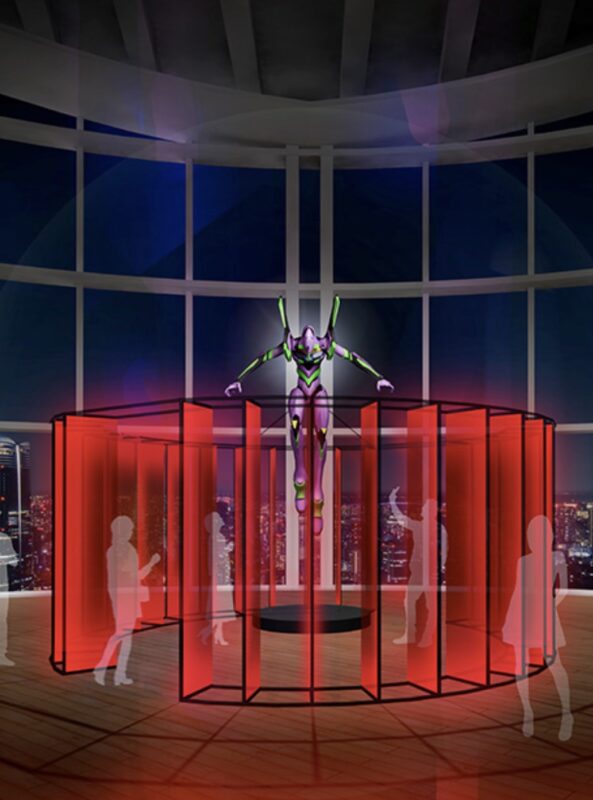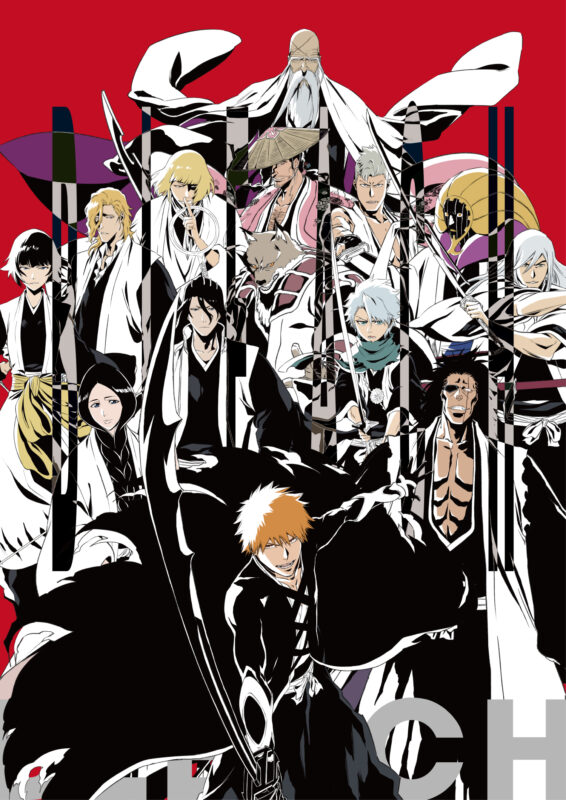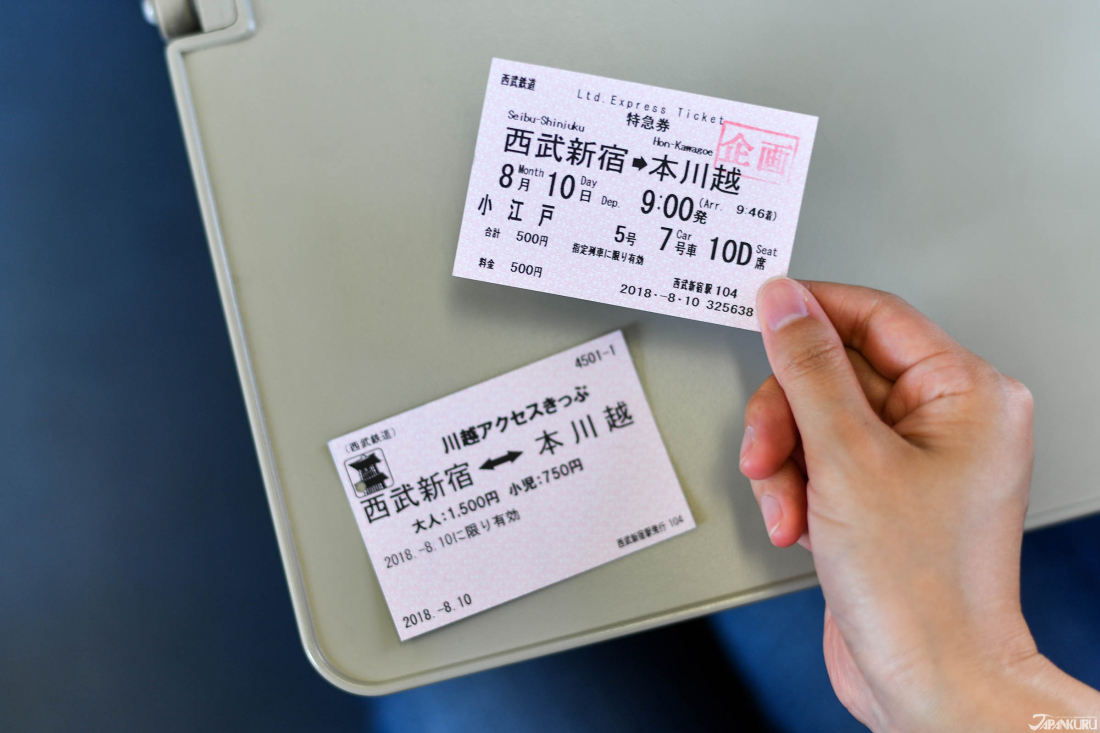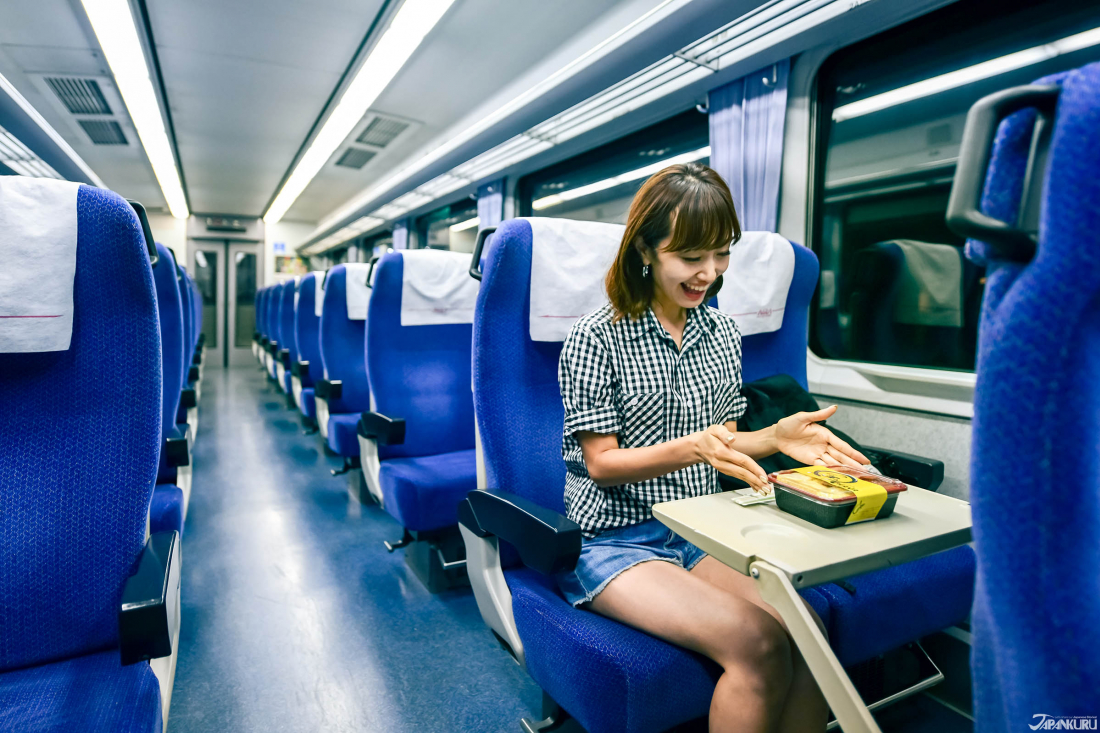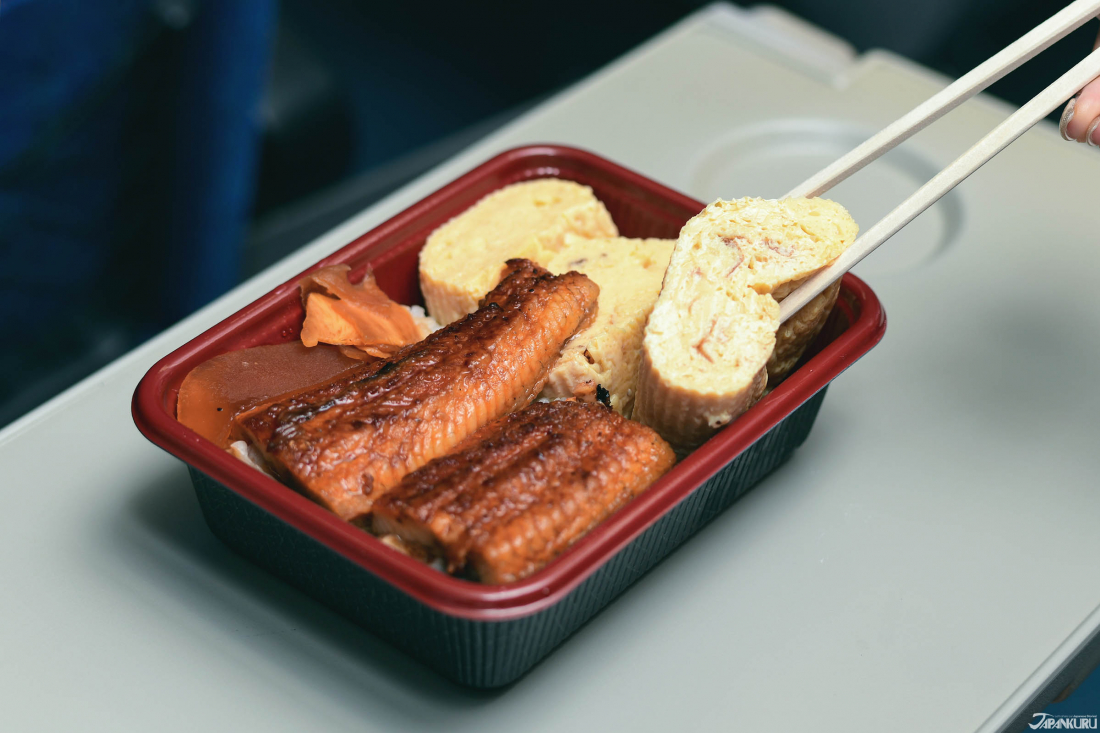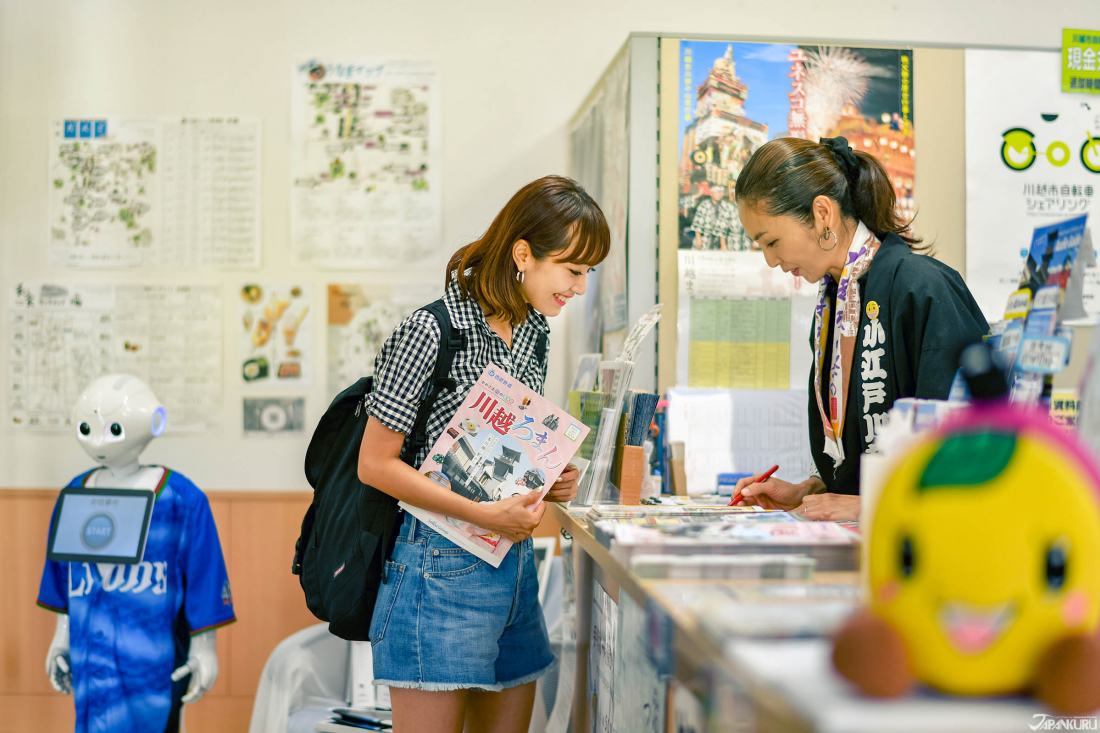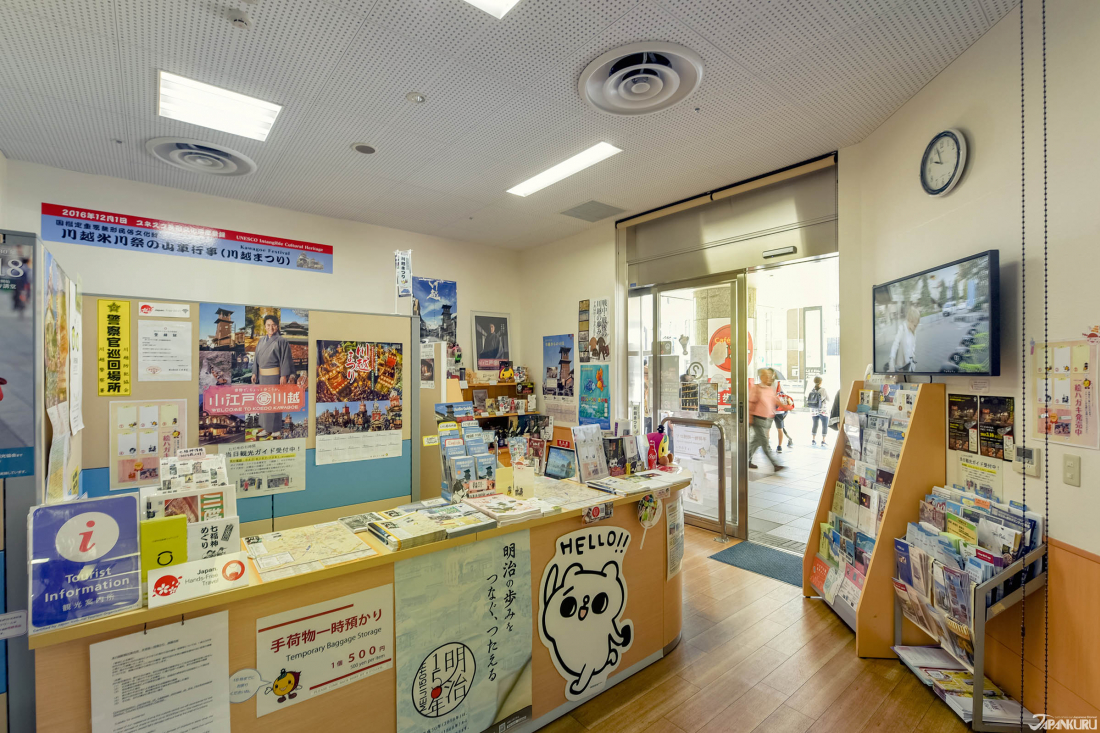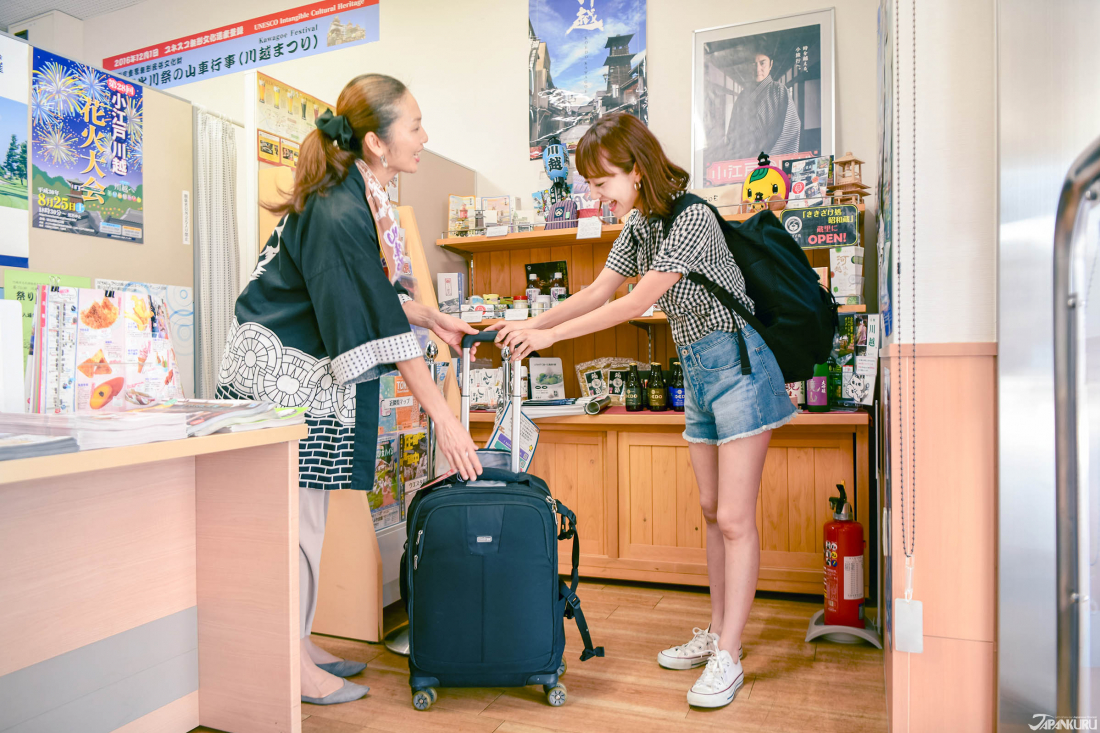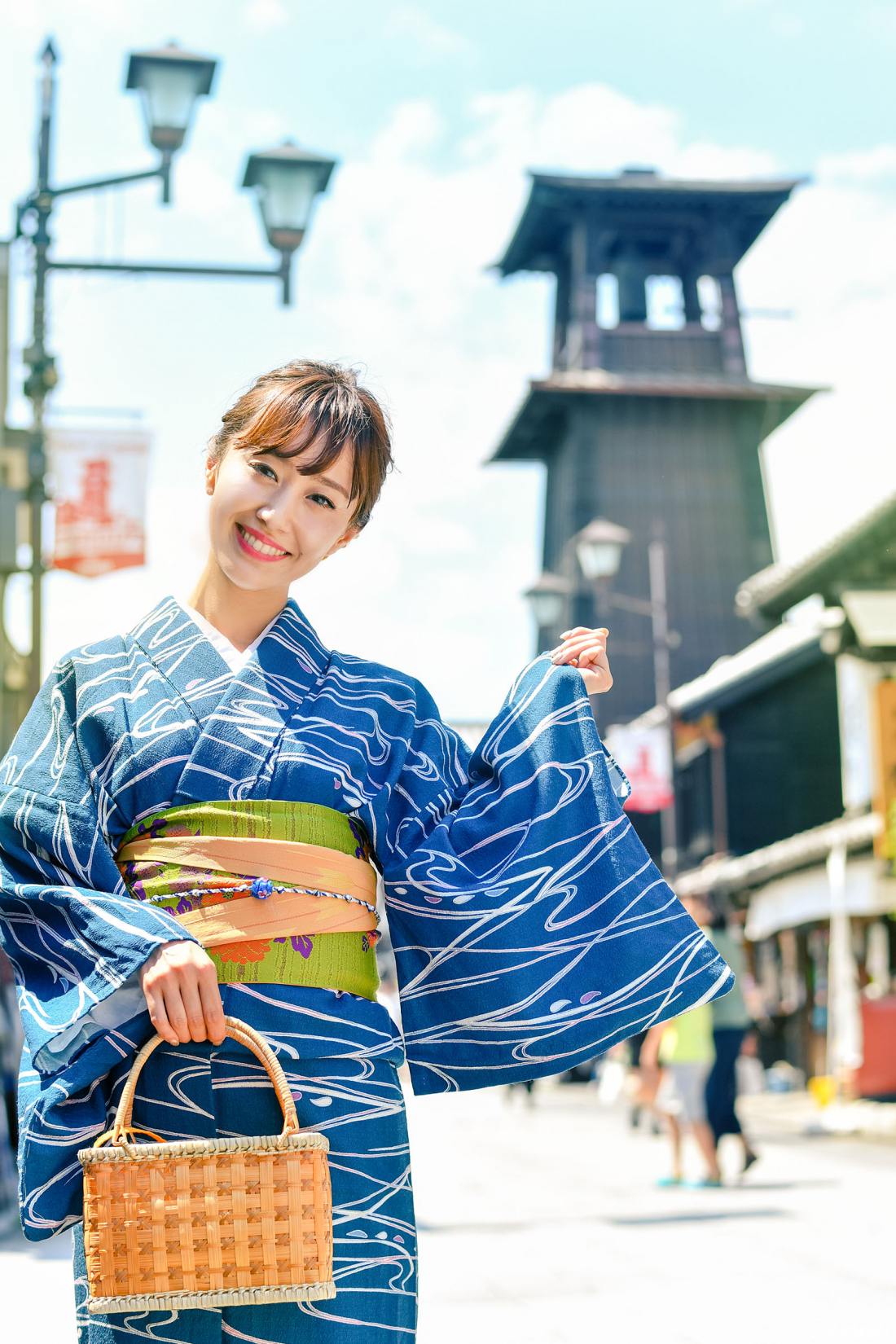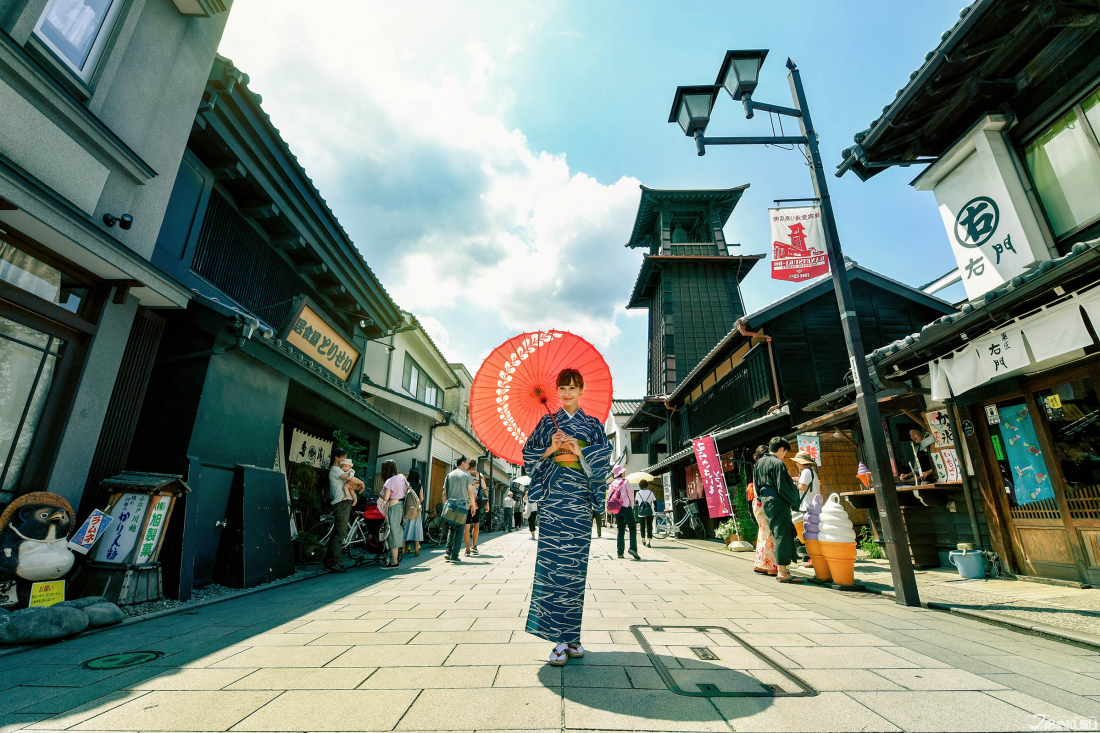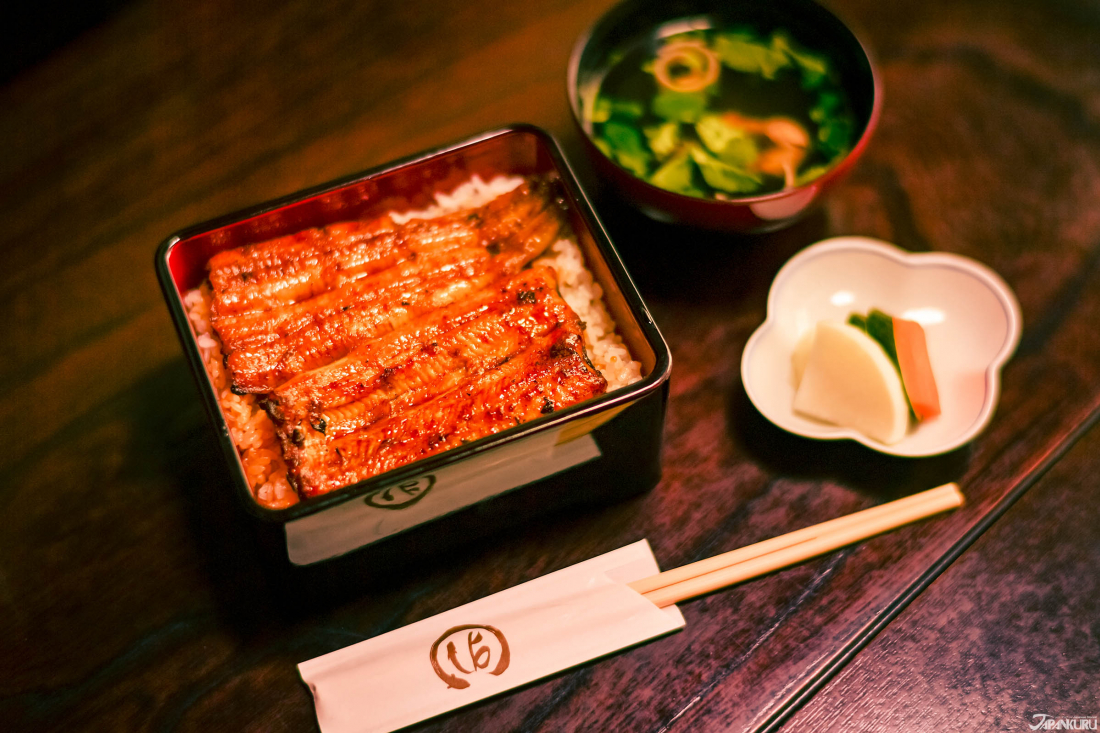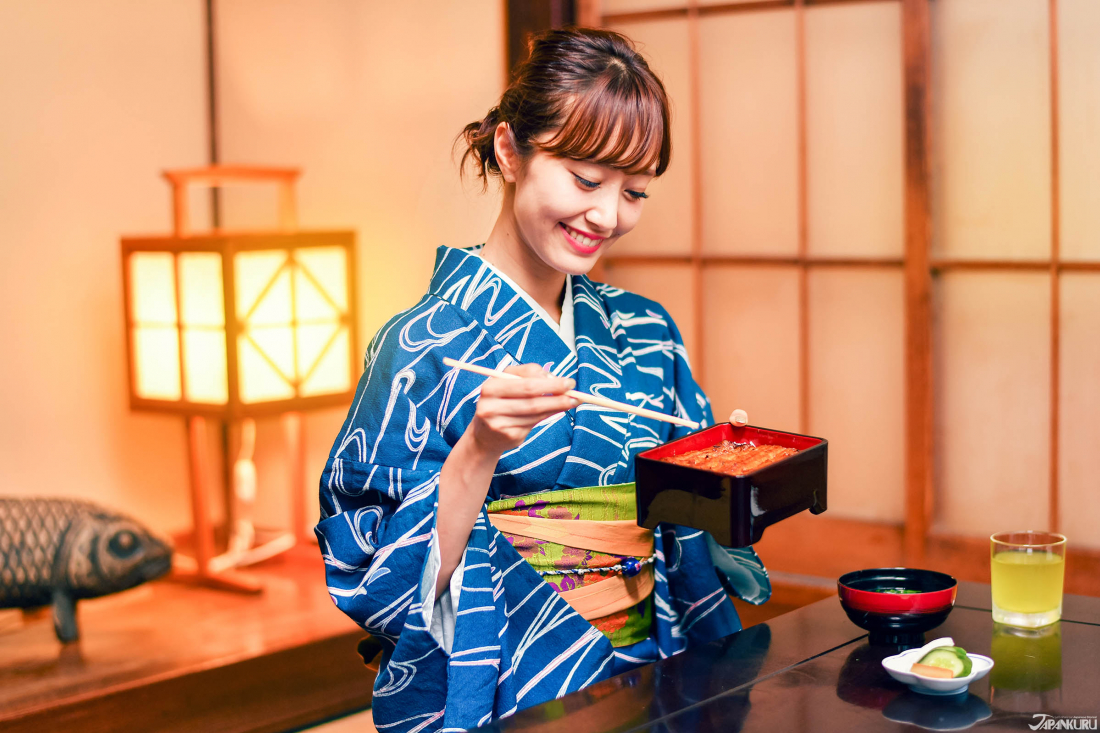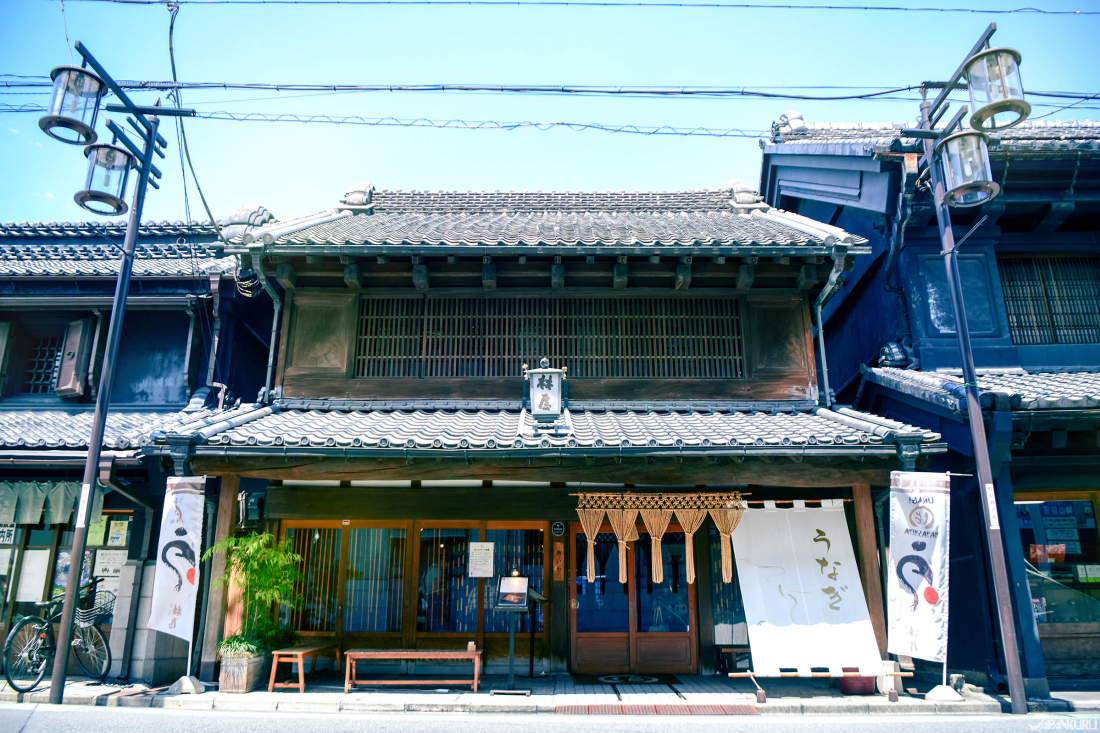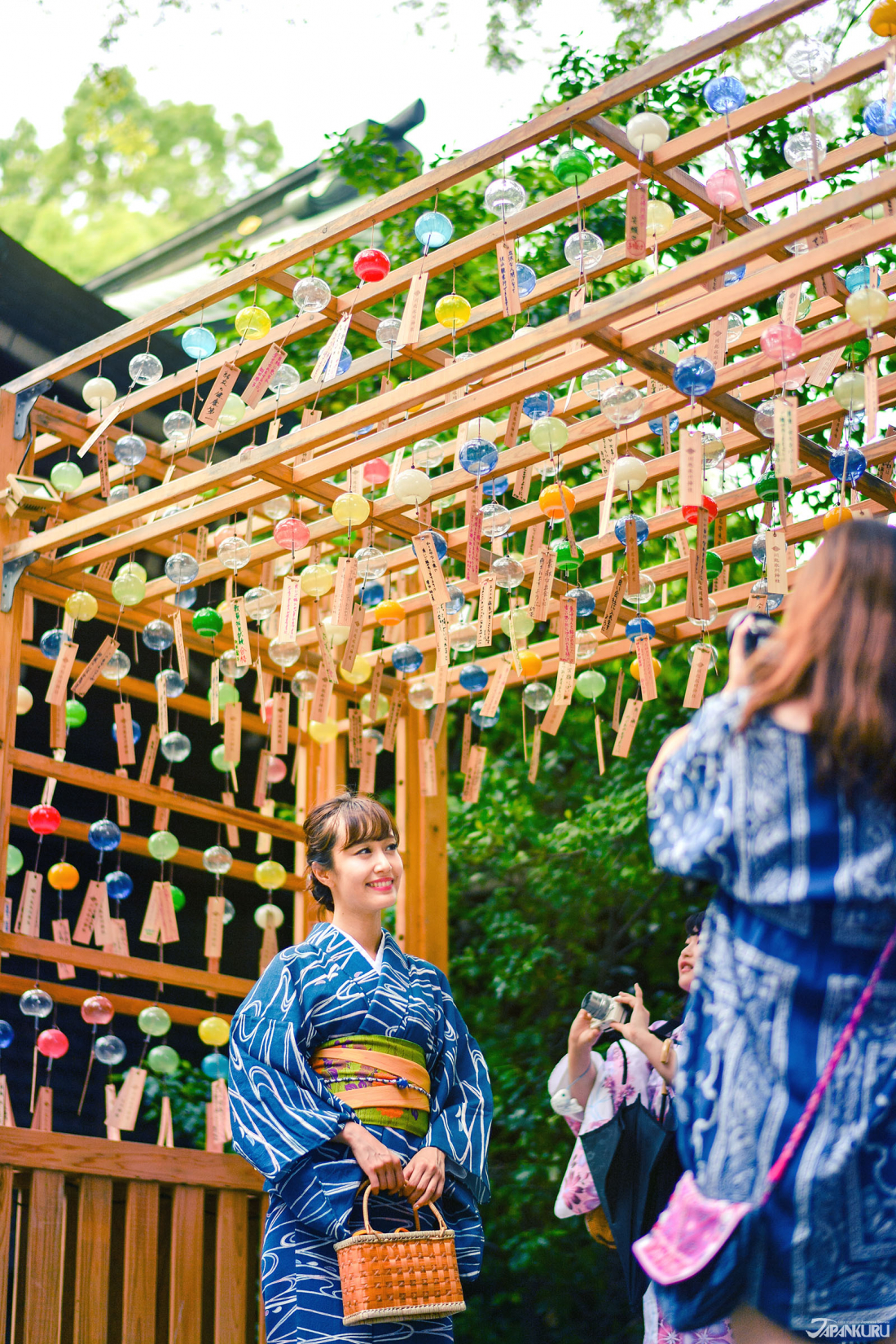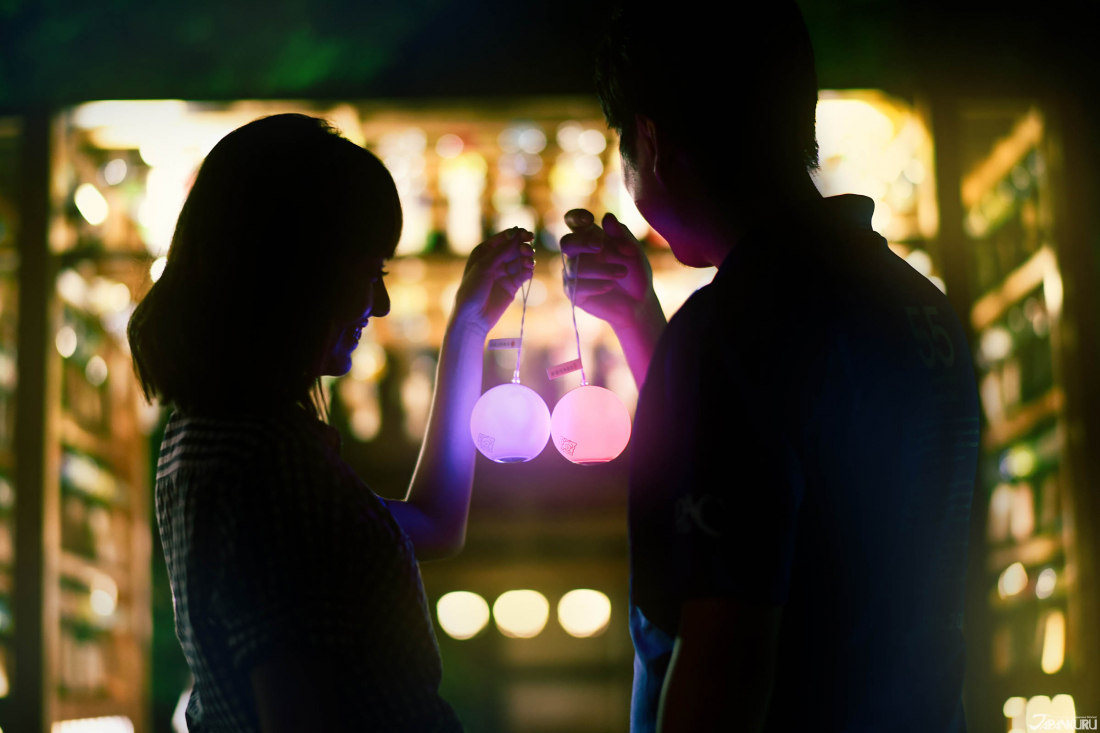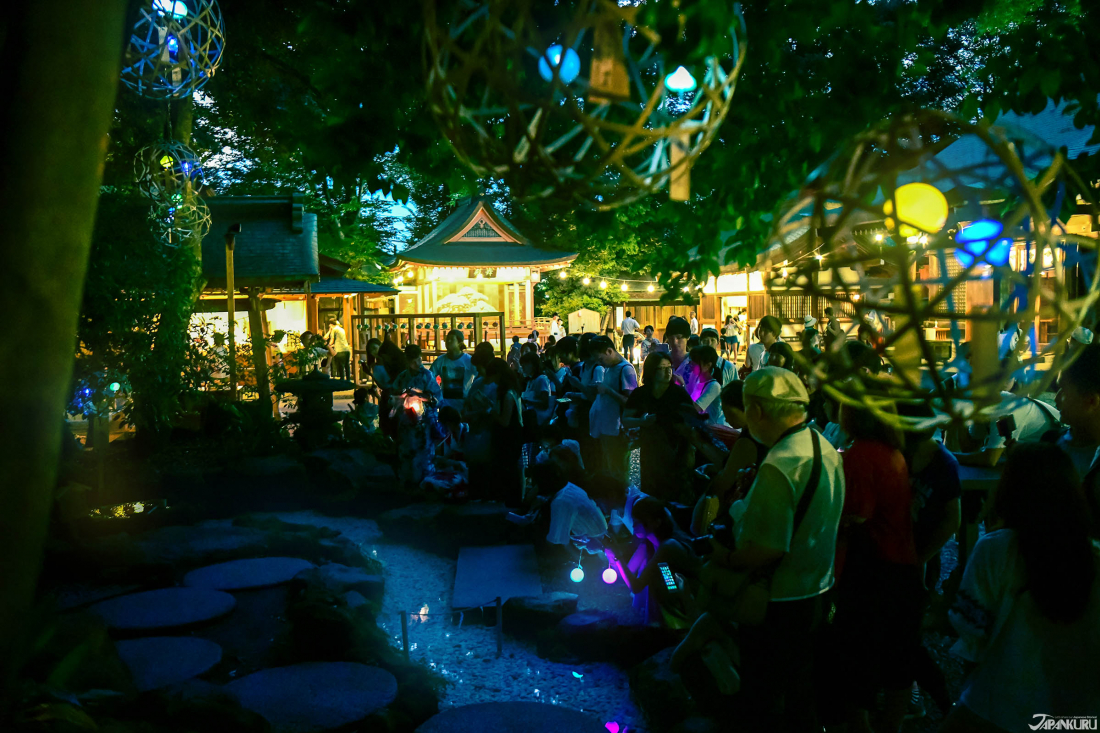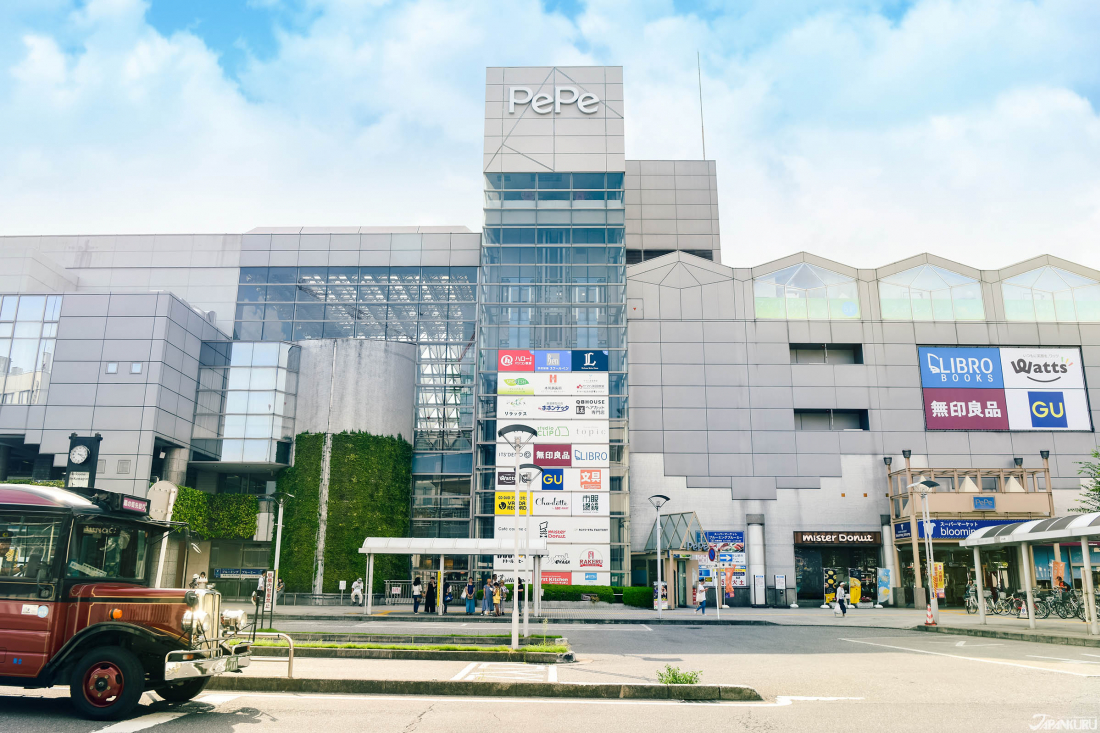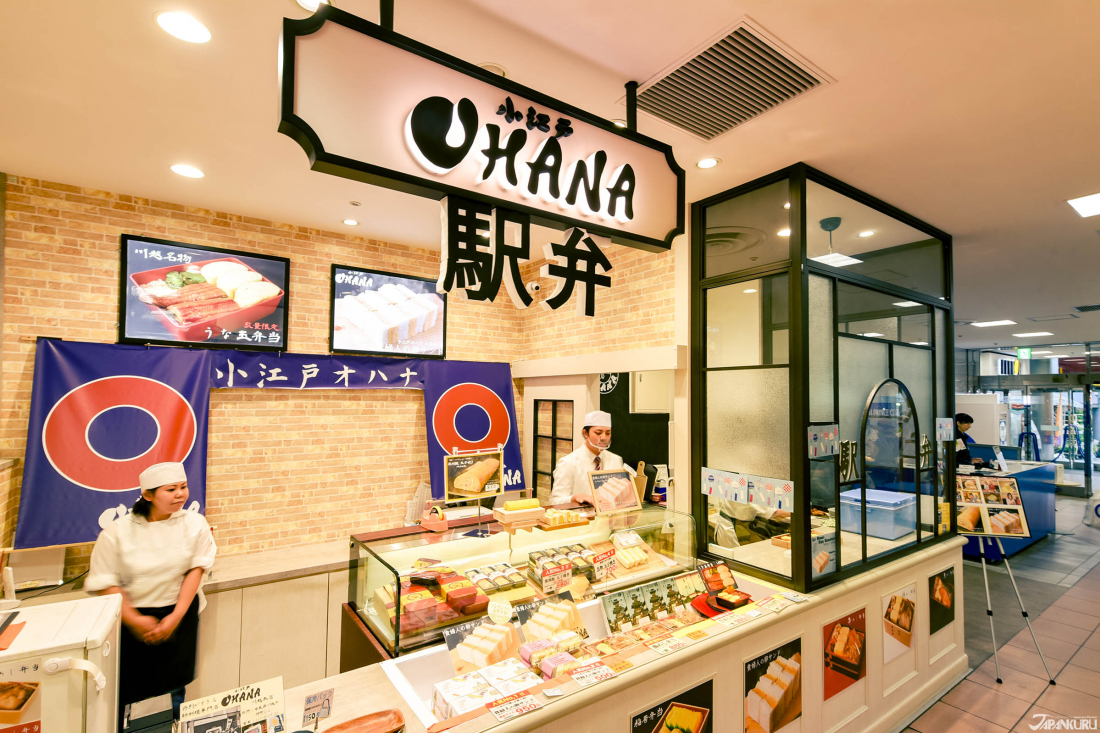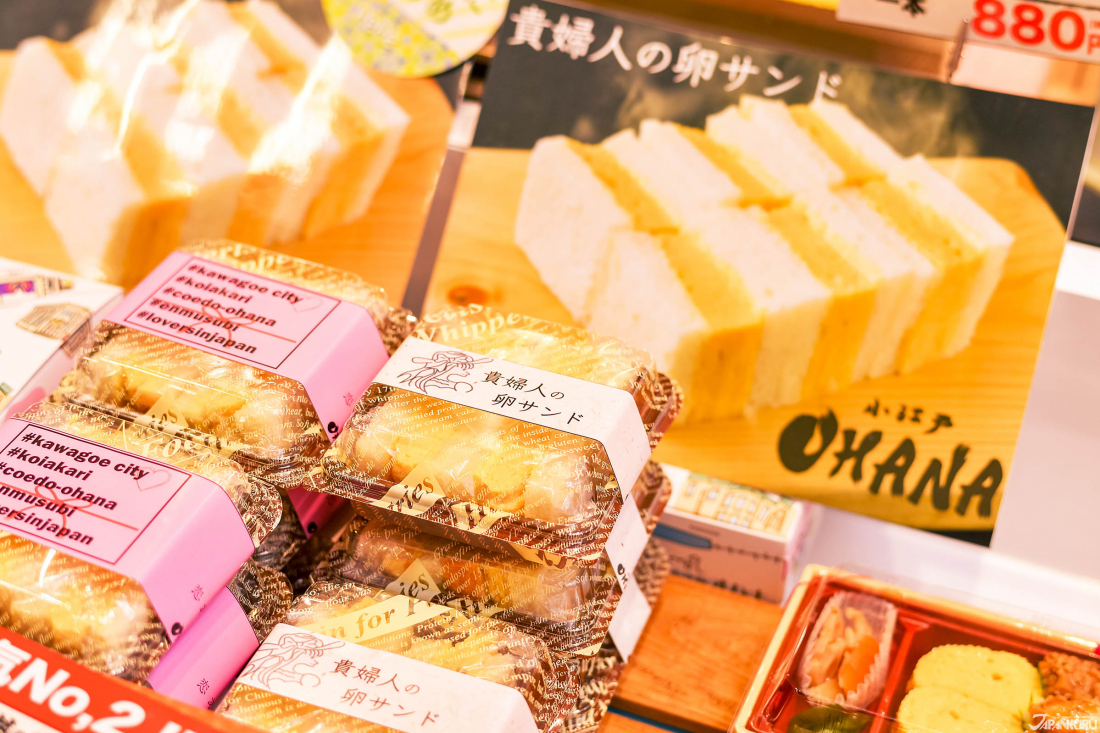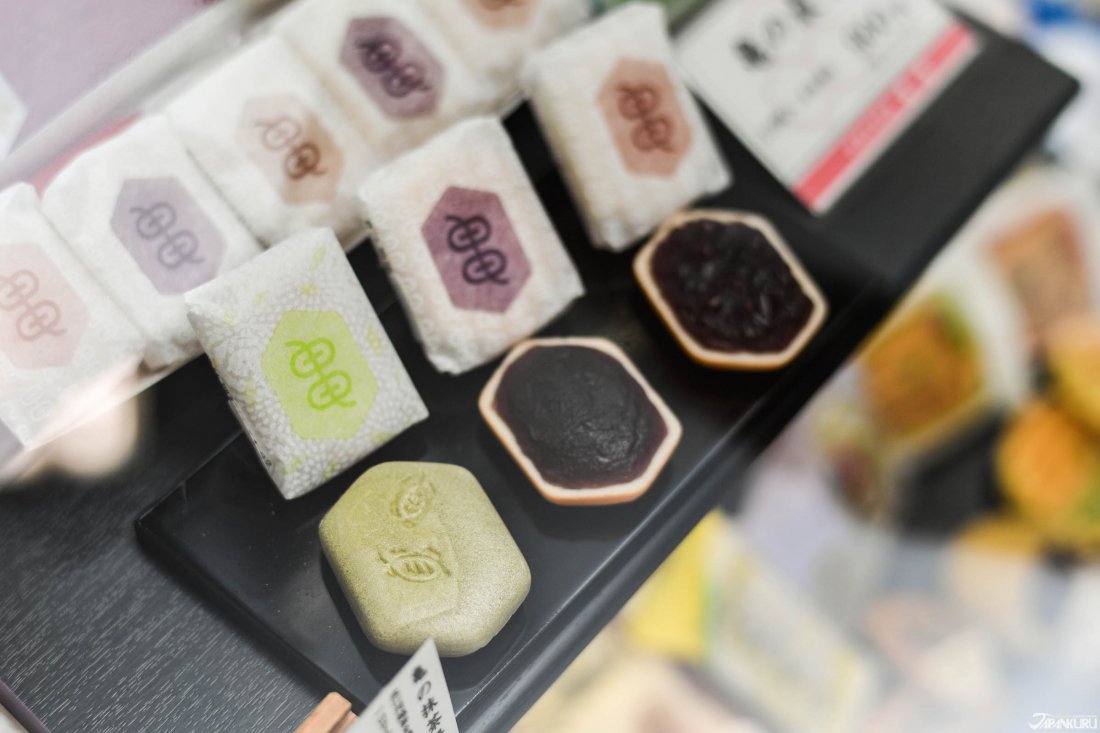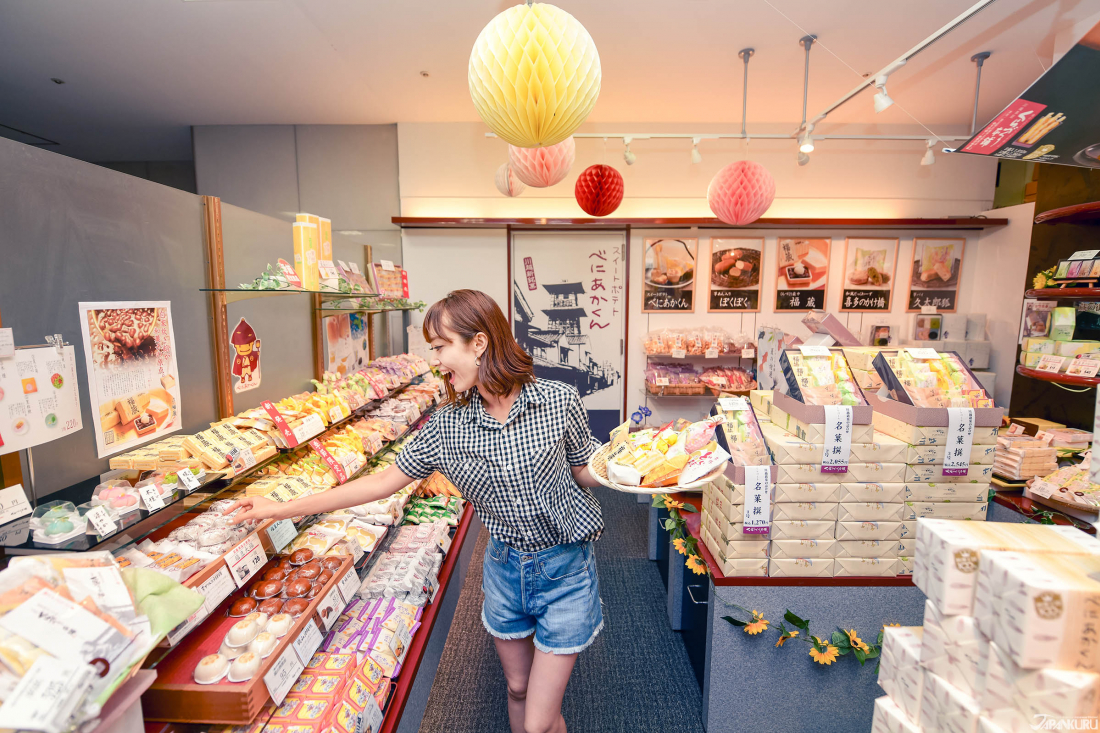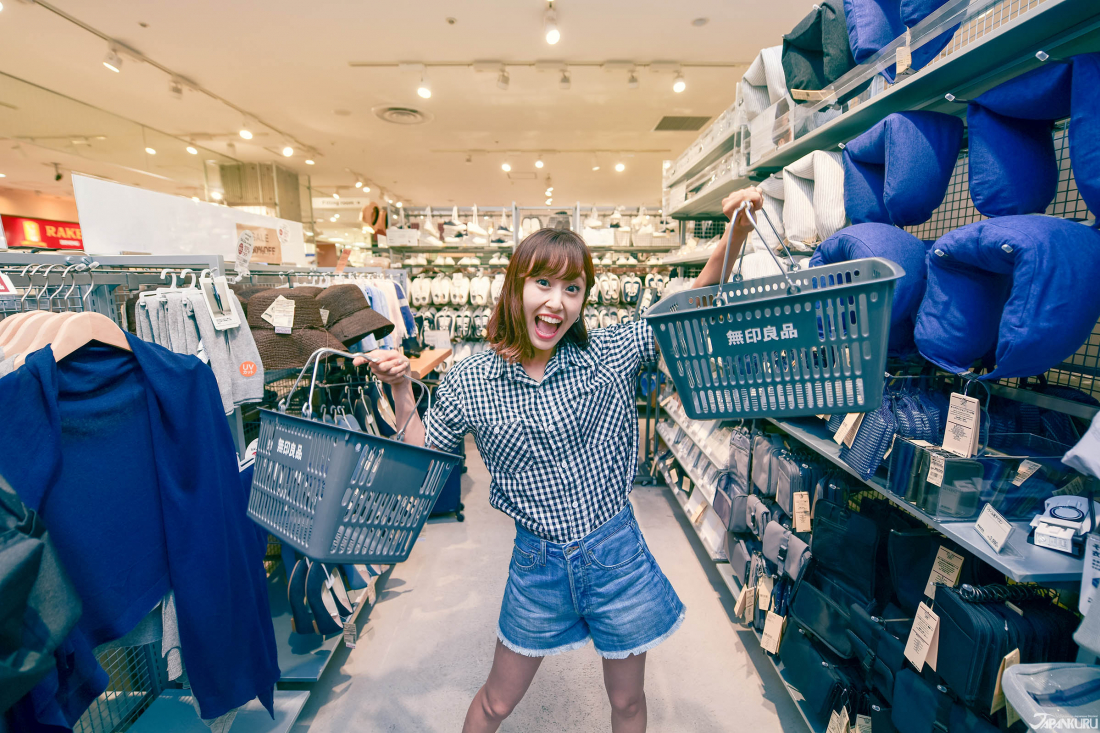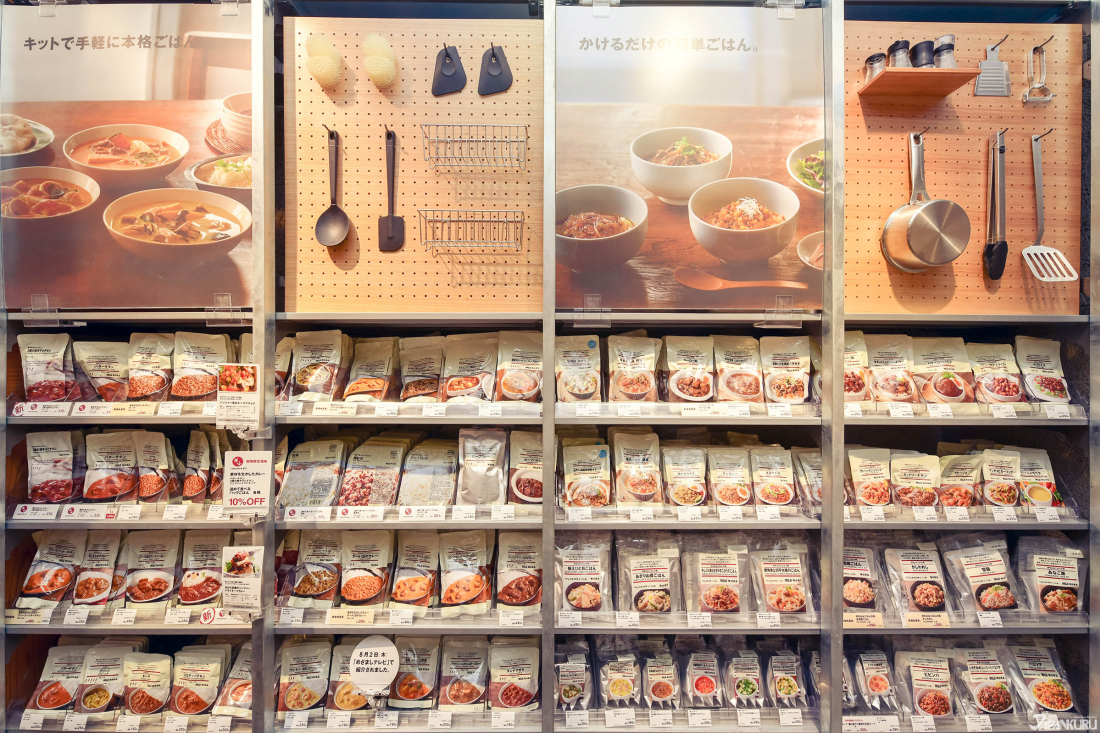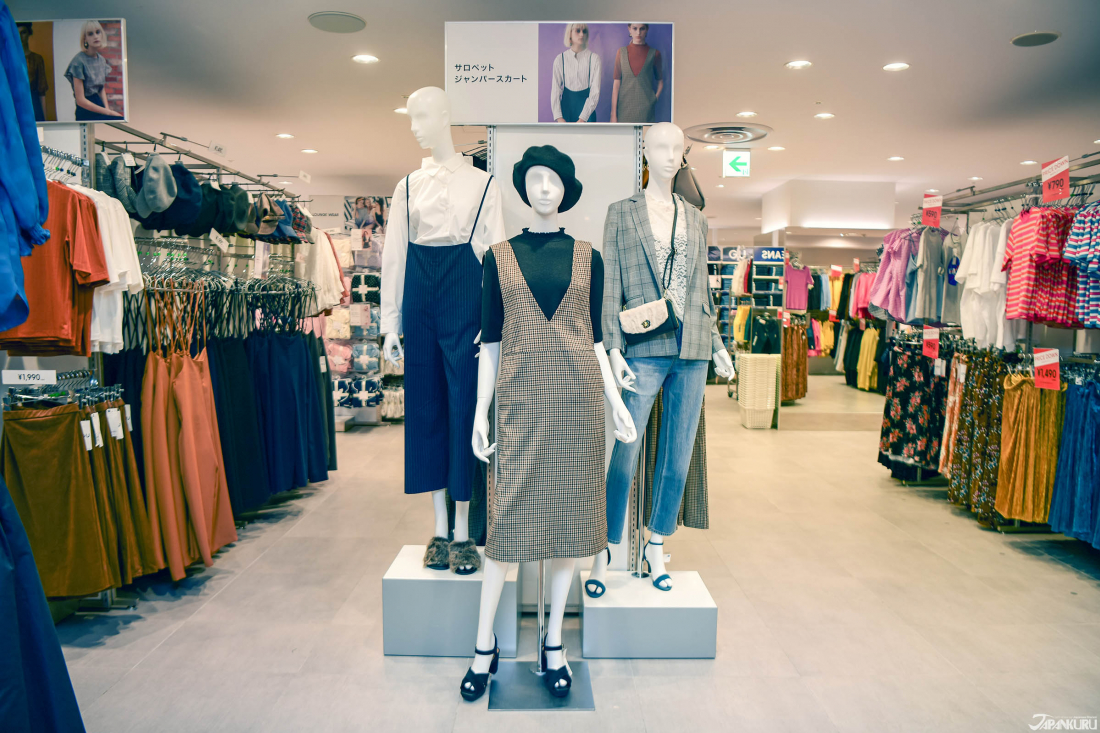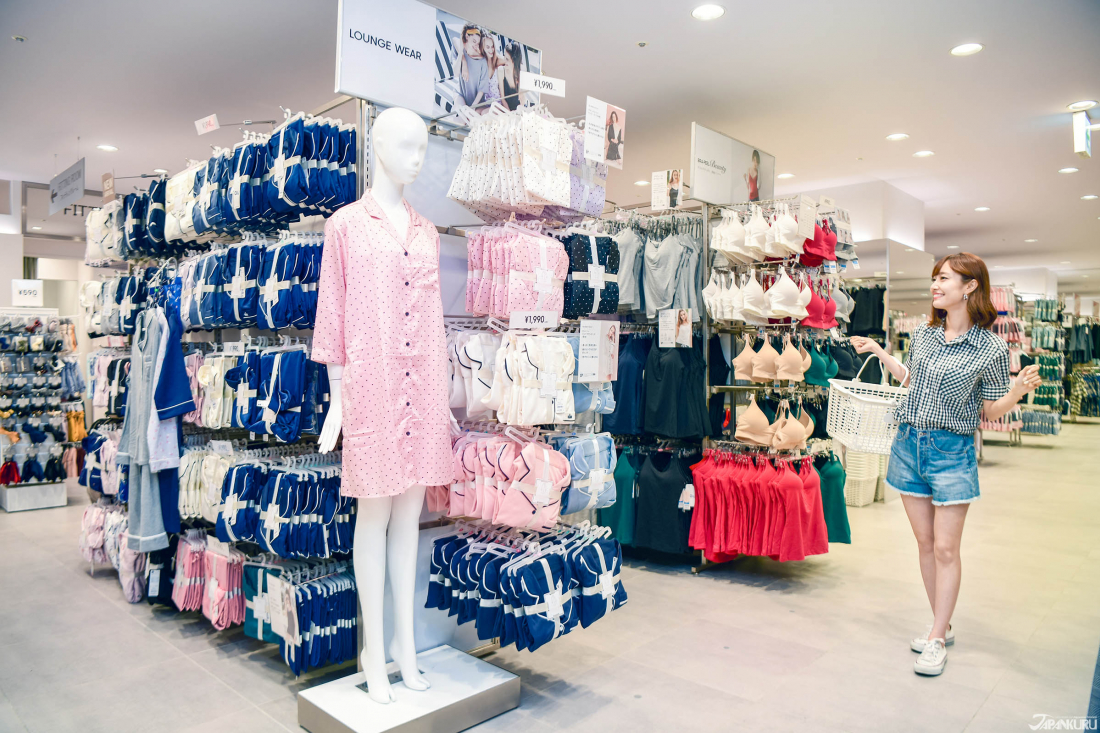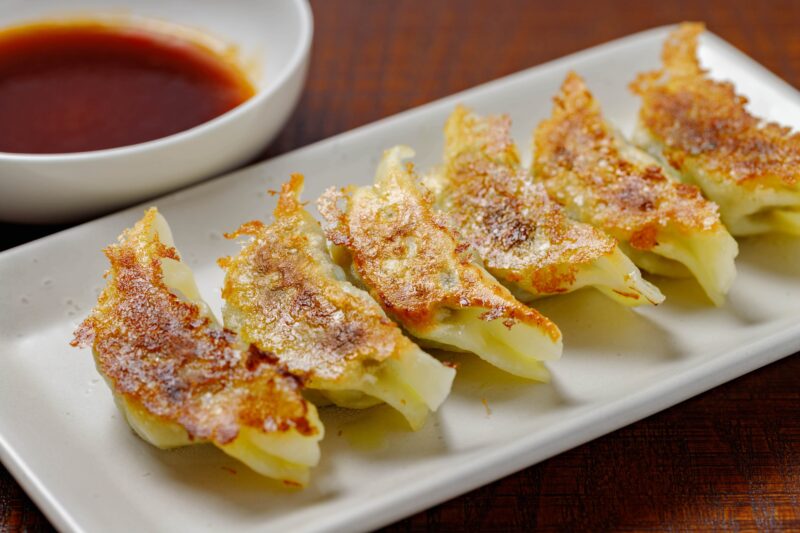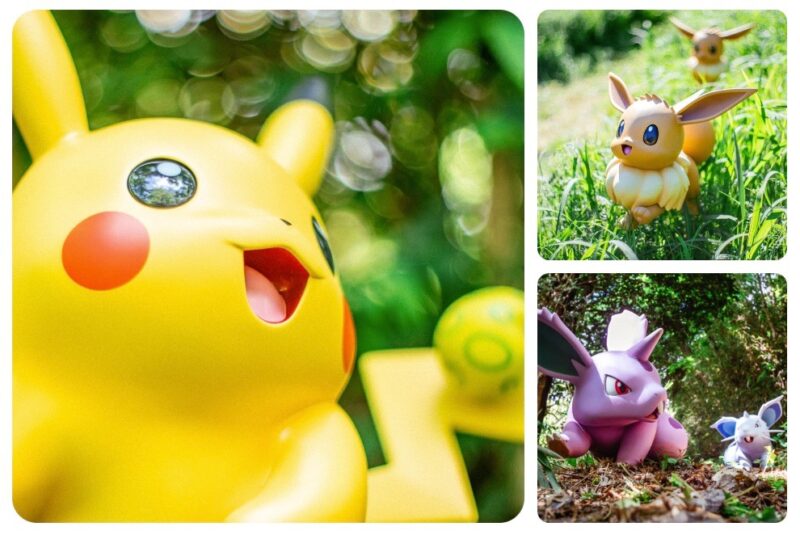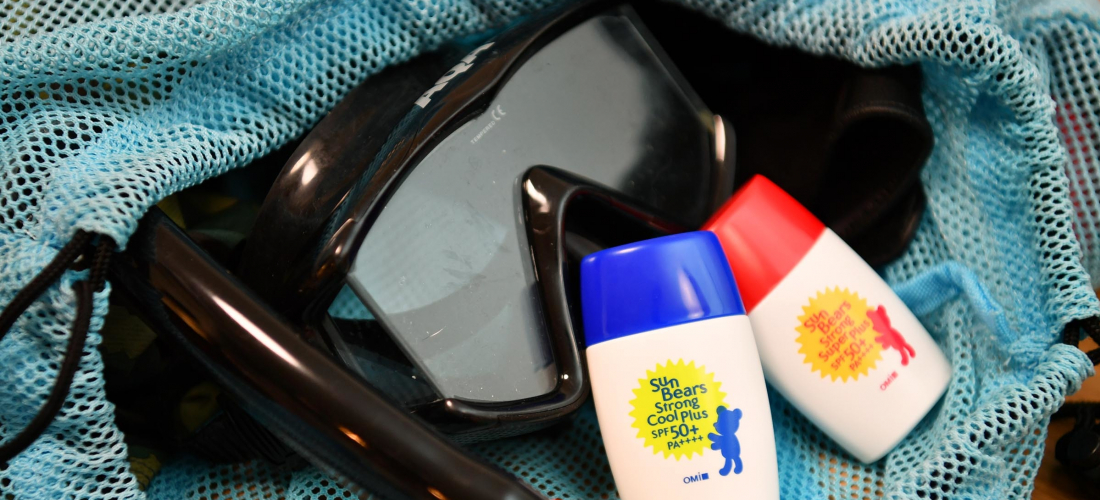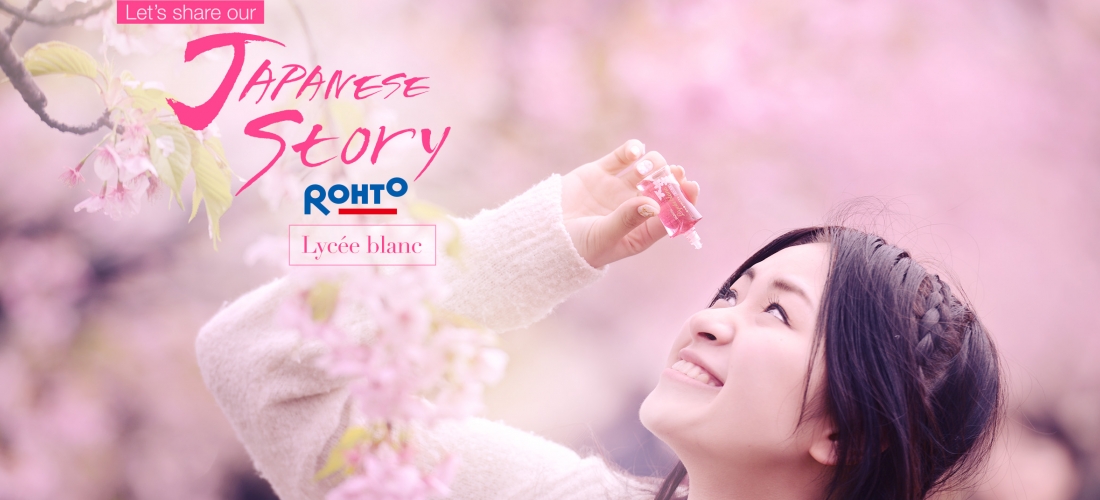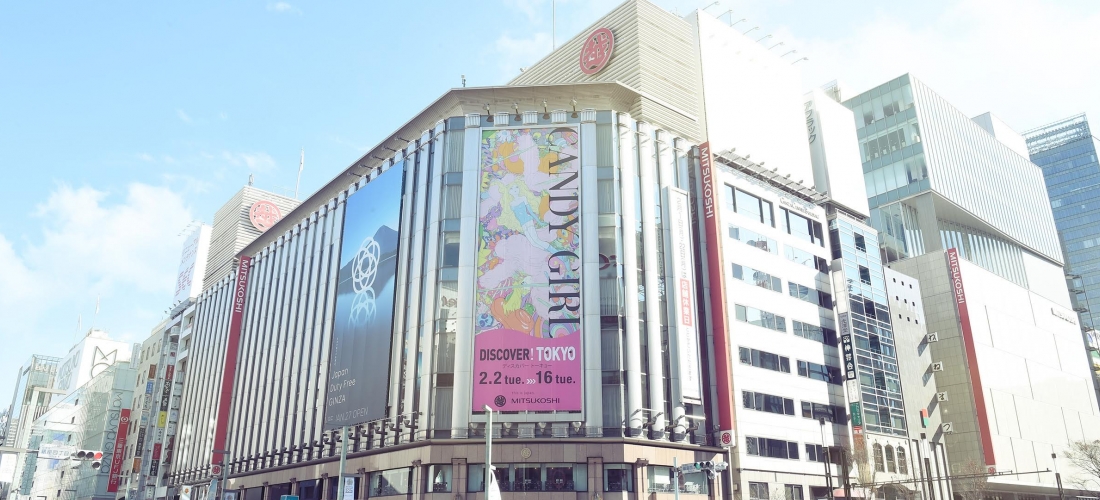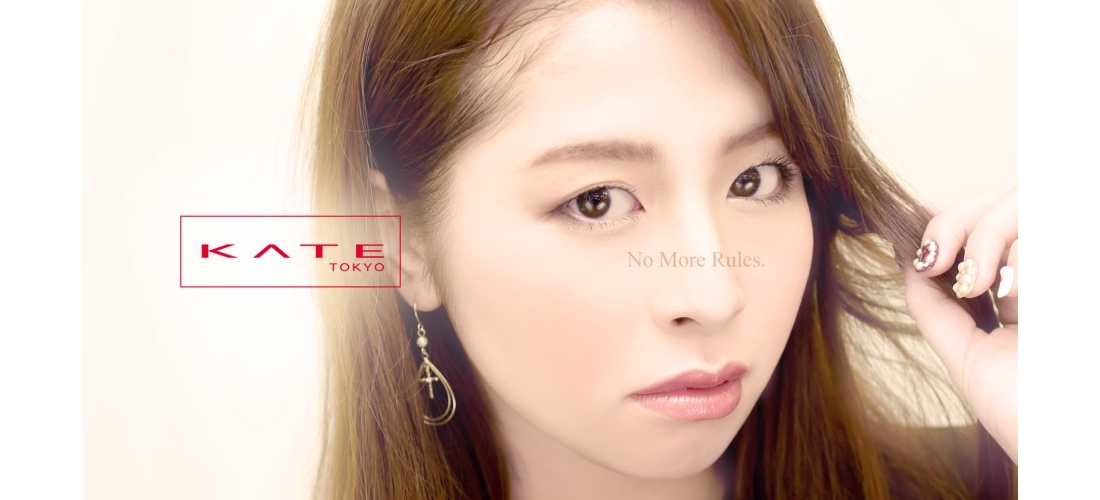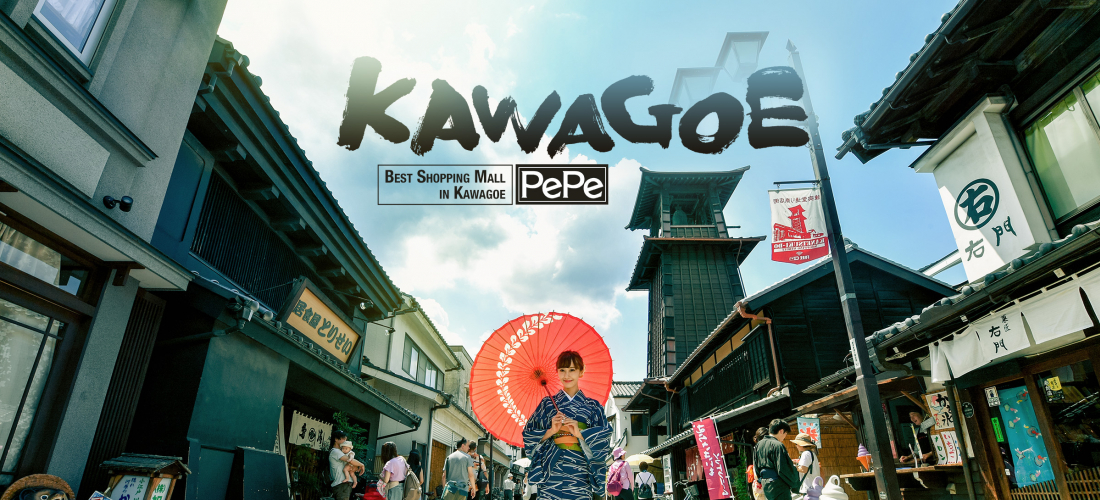
CONTENTS
Kawagoe “Little Edo” 1 Day Trip
Saitama Prefecture is often viewed as the suburbs located to the north of Tokyo mainly due to a number of people commuting for work in Tokyo daily. Aside from residential areas is a popular tourist place called Kawagoe. Kawagoe is also called "little Edo" since it still emphasizes the town it was during the Edo era (1603-1867).
As Japan became more modern, Saitama Prefecture began to change and develop in other areas. As a result, development in Kawagoe slowed down and the buildings and old atmosphere remained to what it is today. As a result, it was reexamined as an attractive tourist place where you can feel the atmosphere of Edo meets modern society.
Being so close to Tokyo, JAPANKURU has visited Kawagoe many times! This time we went for a special event held at Hikawa Shrine (氷川神社).
Related article ①
Kanto's Biggest Festival "Kawagoe festival"
Related article ②
Day Trip to Kawagoe
Getting to Kawagoe from Tokyo
🚉Seibu Shinjuku Station
1-30-1 Kabukicho, Shinjuku, Tokyo
Google Maps
Kawagoe Discount Tickets information link (ENG)
Red Arrow Limited Express information link (ENG)
※Different from the JR Shinjuku Station!
First, if you are going to the Kawagoe area we recommend taking the train to Hon-Kawagoe Station. Operated by Seibu Railway, it is possible to get on the limited express train Red Arrow at Seibu Shinjuku Station and get to Kawagoe in 44 minutes! Seibu Shinjuku Station is separate from the JR Shinjuku Station but easy to spot when walking from Shinjuku Station since it is connected to Prince Hotel and shopping mall PePe.
The Benefits of Riding the Red Arrow Limited Express Train
It is possible to go to Kawagoe by a regular train, but there are 3 main reasons we recommend using the Red Arrow Limited Express: 1. All seats are reserved (wheelchair space available), 2. WiFi on the train, 3. Includes vending machines and restrooms.
Buying tickets are also very simple! Just go to the ticket window at the station and choose which one you would like.
– Seibu Shinjuku Station ⇄ Seibu Hon-Kawagoe Station round-trip ticket
– Adult 1,500 yen Child 750 yen
2. Limited Express Ticket
– Red Arrow Limited Express boarding ticket
– 500 yen
Indulging in Japan’s Station Lunch Boxes “Ekiben”
When a Japanese person rides a train, they normally grab an "ekiben" to eat on the train. There are many restaurants in the area, but when you are in a rush or want just a little something to eat there is an area selling station lunch boxes (ekiben;駅弁). Normally it is bad manners to eat on trains, but when riding long destinations and on certain trains like the Red Arrow Limited Express, it is fine. In fact, you will surely see many Japanese snacking on these trains!
When heading to Kawagoe, we recommend the "koppe-pan" specialty shop just in front of the Seibu Shinjuku Ticket Counter, Komeda Kinsei Yawaraka Shiro-Coppe (やわらかシロコッペ). Similar to a sandwich, koppe-pan (コッペパン) is quick and easy as well as the perfect thing for when you just want something light. Also, when returning to Shinjuku from Kawagoe, you can also buy boxed lunches from the PePe shopping facility directly connected to the station. Koedo Ohana (小江戸オハナ), which specializes in eggs, is a really yummy store that we want to recommend.
*Seibu Shinjuku Station → Komeda Kinsei Yawaraka Shiro-Coppe
*Hon-Kawagoe Station → Koedo Ohana
Arriving at Hon-Kawagoe Station
Most of Kawagoe's main sightseeing places start at Hon-Kawagoe Station (本川越駅), which is why many tourists start their trip from this station. Also, the simple and quick access to and from inner-city Tokyo is a big factor.
Within Hon-Kawagoe Station is also a massive shopping facility PePe that has plenty of clothing, souvenirs, and also station lunch box stores (ekiben, 駅弁). We have been to Seibu Shinjuku PePe before, but never the one in Kawagoe! So since we arrived at this station, we took a look at Kawagoe PePe for the first time ever. But first, we are going to introduce some sightseeing spots in the Kawagoe area.
🛍️Seibu Hon-Kawagoe Pepe
1 Chome-22 Shintomicho, Kawagoe, Saitama
Google Maps
⏰10am~9pm
Official website link (ENG)
Hon-Kawagoe Station Tourist Information Desk
When you get off at Hon-Kawagoe Station, there is a tourist information office on the side opposite of the ticket gate. Here you can get various travel information of the Kawagoe area with brochures in multiple languages. Not only that, but they also offer a service that temporarily keeps your luggage from 9am until an hour before they close. Free WiFi is also available!
ℹ️Hon-Kawagoe Station Tourist Information Desk
Luggage storing service: 500yen/bag
*Staff can speak English
Since Kawagoe has the scenery and atmosphere of the Edo period, wearing kimonos and yukatas can be a lot of fun. When we go to Kawagoe and decide we want to dress up, we normally visit the kimono rental store Vivian (美々庵). It is about 30 seconds on foot from Kawagoe's famous clock tower "Toki no Kane" and one of the firsts
to start a kimono rental service in the area.
If you go to Vivian, it is better to book in advance online. They are pretty low on staff,
so if you do not make a reservation it is likely you will have to wait awhile.
👘Vivian (美々庵 )
14-5 Saiwaicho, Kawagoe, Saitama
Google Maps
Kimono rental reservation link
Vivian homepage (JP)
"Toki no Kane" (時の鐘)
"Toki no Kane" (時の鐘), translated as the "Bell of Time", is a wooden bell tower that can be said to be the symbol of Kawagoe. Toki no Kane was originally built about 400 years ago but due to being set on fire many times it to be rebuilt 3 times.
The current bell tower was built in 1893 for the 4th time and is standing among low buildings to almost show off its beauty and presence. Due to being known as Kawagoe's symbol, it is often used as shooting places for as posters and magazines in promoting the area.
🏫Toki no Kane (時の鐘)
15-7 Saiwaicho, Kawagoe, Saitama
Google Maps
Toki no Kane information page (JP)
A few steps down the main street from the bell tower is a Starbucks. The Starbucks Coffee Kawagoe Kanetsuki Dori opened around March 2018, and its wooden exterior caught our eye. This wooden Starbucks also has a Japanese garden terrace is an essential place to stop at while in Kawagoe.
☕Starbucks Coffee Kawagoe Kanetsuki Dori
15-18 Saiwaicho, Kawagoe, Saitama
Google Maps
Starbucks Coffee Kawagoe Kanetsuki Dori information page
If you are going to visit Kawagoe, you have to eat at the unagi (eel) restaurant Hayashiya (林屋)! Eel in Japan is well known for being something you eat primarily in the summer. It is characterized by being repeatably baking while the special sauce soaks in making it super delicious and juicy.
Since Kawagoe is the 2nd most famous place when it comes to eel in Japan, there are several shops where you can eat eel. However this particular restaurant is gaining popularity due to its sauce that is sweet and fragrant along with the eels being huge. By the way, if you go for lunch time, we recommend visiting a little earlier before the doors open since it is a popular store within Kawagoe so there may be a line.
🍱Hayashiya (林屋)
2-4 Nakacho, Kawagoe-shi, Saitama
Google Maps
⏰11am~6pm
Kawagoe Hikawa Shrine is a shrine with a history of about 1,500 years and is a popular shrine especially among young people. The reason is that this is shrine enshrine the God of the marriage. For that reason, there are many charms for both singles wishing to find someone and people in relationships hoping for another successful year together.
Since the shrine is a place where Gods are gathered, when entering the shrine "cleansing and purifying" the body and soal is a must. If you have never seen it or had it explained to you before, it can be hard to know the proper cleansing process which is why we are going to break it down so that you can do it properly on your visit to not only Hikawa Shrine but other shrines throughout Japan.
⛩️Kawagoe Hikawa Shrine (川越氷川神社)
2-11-3 Miyashitamachi, Kawagoe, Saitama
Google Maps
Kawagoe Hikawa Shrine homepage (JP)
1. After bowing, hold the ladle with your right hand and scoop some water.
2. Wash your left hand first, then switch hands and wash your right.
3. Holding the ladle in your right hand again, pour some water in the palm of your left hand and lightly rinse your mouth. Don't swallow! Spit out the water below.
4. After washing the left hand again, rinse the ladle so that water flows down the rail of the ladle.
5. Return the ladle gently, facing downwards to the original position.
An ema (絵馬) are small wooden plaques at shrines where people write their wishes on. If you have been to a shrine in Japan you are sure to have seen a long wall or display of them. They are a really neat part of Japanese culture and definitely something to try at least once. Kawagoe Hikawa Shrine has an ema like a tunnel and this mysterious and cute scene is also one of the most popular photo spots in the shrine.
Wind chimes symbolize the summer of Japan and are mostly made from glass. To help represent summer, Hikawa Shrine hangs about 2,000 wind chimes every year for a limited time and it is a beautiful sight. What makes these wind chimes special is that people's wishes are written on the tails of the glass wind chimes, making a unique infusion of two different sides of Japanese culture.
Once it gets darker, a special light up event incorporating the wind chimes is held. In some old documents that describe the history of Kawagoe Hikawa Shrine, there is a "Legend of the Glowing River". About 500 thousand years ago, the bottom of Saitama's Iruma River glowed over a wide range every night. After noticing that, people began to wonder where the origin of light came from so the traced the source to where Kawagoe Hikawa Shrine is currently standing. At the time thought there was nothing there, so after discovering such a beautiful rarity, it was decided to build the Kawagoe Hikawa Shrine was built there.
Following this honor, while the wind chime festival is being held, every day from 7~9pm, the creek inside the shrine will light up.
🎐Kawagoe Hikawa Shrine Wind Chime Festival (縁結び風鈴)
July 7~September 9, 2018
Schedule for 2019 is undecided
Large-Scale Shopping Facility Directly Connected to Hon-Kawagoe Station
🛍️Seibu Hon-Kawagoe Pepe
1 Chome-22 Shintomicho, Kawagoe, Saitama
Google Maps
⏰10am~9pm
Official website link (ENG)
🍱Train Station Lunch Box “Ekiben”
As we mentioned before, after traveling in Kawagoe, many people stop by at the station for some last minute shopping or snacks at PePe before returning to Tokyo. One thing that is the main buying point is the station lunch boxes with eggs from Koedo Ohana (小江戸オハナ). They use original eggs and incorporate them in sandwiches and lunch boxes that are made directly at the store right in front of you.
🍱Koedo Ohana (小江戸オハナ)
1F
10am~9pm
🍠Japanese Sweets Specialty Store with 230 Years of History
Kameya (龜屋) is known as a Japanese-style sweets store specializing in regional sweets. The sweets are made with domestic rice and azuki beans and Kawagoe's famous sweet potatoes (さつまいいも; satsumaimo). Since they also sell snacks singularly, we got one and ate it on the train back to Tokyo. The sweetness was just the perfect amount to not overpower the sweet potato flavor. We 100% recommend trying one for those who like sweet potatoes!
🍠Kameya (龜屋)
1F
10am~9pm
🍮Traditional Japanese Sweets Store
Kuradukuri Honpo (くらづくり本舗) is a Japanese sweet company like the store we introduced just before. There are so many kinds and variations, you feel like you are at a buffet when you pile up what you want on the store's basket plate. If you are not sure what to get, one of the store's most popular and highly recommended snack is Fukugura (福蔵). Similar to a rice cracker outing, it is packed with a sweet red bean paste.
🍮Kuradukuri Honpo (くらづくり本舗)
1F
10am~9pm
🛒Fashion, Lifestyle Goods, Food
MUJI is a brand that sells world famous miscellaneous goods. There are stores overseas, but you should try going once while traveling in Japan because they often sell limited items. Hon-Kawagoe PePe's MUJI had various goods particularly convenient, lifestyle goods that are useful for traveling like travel bags and high-quality microwavable meals.
🛒MUJI (無印良品)
1F
10am~9pm
👚Currently Trending Casual Clothing
GU is a well-known store that is a Japanese discount casual wear designer and under the same company as the just as famous UNIQLO. Compared to UNIQLO, GU is more of a popular affordable brand in Japan among younger people. They also have a pajamas corner that is filled with loads of different styles of comfy pjs.
👚GU
2F
10am~9pm
🛍️Seibu Hon-Kawagoe Pepe
1 Chome-22 Shintomicho, Kawagoe, Saitama
Google Maps
⏰10am~9pm
💻Official website
For more interesting topics,
Be sure to look at JAPANKURU🐶 for more exciting articles every day!!
Or add us on Google+, Instagram, Facebook to share your Japanese pictures💖🗾
Details
NAME:Seibu Hon-Kawagoe Pepe
MAP
1 Chome-22 Shintomicho, Kawagoe, Saitama
ACCESS:Seibu Hon-Kawagoe Station
CONTACT TEL:049-226-7777
COMMENT
FEATURED MEDIA
VIEW MORE 
A New Tokyo Animal Destination: Relax & Learn About the World’s Animals in Japan
#pr #japankuru #anitouch #anitouchtokyodome #capybara #capybaracafe #animalcafe #tokyotrip #japantrip #카피바라 #애니터치 #아이와가볼만한곳 #도쿄여행 #가족여행 #東京旅遊 #東京親子景點 #日本動物互動體驗 #水豚泡澡 #東京巨蛋城 #เที่ยวญี่ปุ่น2025 #ที่เที่ยวครอบครัว #สวนสัตว์ในร่ม #TokyoDomeCity #anitouchtokyodome

Shohei Ohtani Collab Developed Products & Other Japanese Drugstore Recommendations From Kowa
#pr #japankuru
#kowa #syncronkowa #japanshopping #preworkout #postworkout #tokyoshopping #japantrip #일본쇼핑 #일본이온음료 #오타니 #오타니쇼헤이 #코와 #興和 #日本必買 #日本旅遊 #運動補充能量 #運動飲品 #ช้อปปิ้งญี่ปุ่น #เครื่องดื่มออกกำลังกาย #นักกีฬา #ผลิตภัณฑ์ญี่ปุ่น #อาหารเสริมญี่ปุ่น

도쿄 근교 당일치기 여행 추천! 작은 에도라 불리는 ‘가와고에’
세이부 ‘가와고에 패스(디지털)’ 하나면 편리하게 이동 + 가성비까지 완벽하게! 필름카메라 감성 가득한 레트로 거리 길거리 먹방부터 귀여움 끝판왕 핫플&포토 스폿까지 총집합!
Looking for day trips from Tokyo? Try Kawagoe, AKA Little Edo!
Use the SEIBU KAWAGOE PASS (Digital) for easy, affordable transportation!
Check out the historic streets of Kawagoe for some great street food and plenty of picturesque retro photo ops.
#pr #japankuru #도쿄근교여행 #가와고에 #가와고에패스 #세이부패스 #기모노체험 #가와고에여행 #도쿄여행코스 #도쿄근교당일치기 #세이부가와고에패스
#tokyotrip #kawagoe #tokyodaytrip #seibukawagoepass #kimono #japantrip

Hirakata Park, Osaka: Enjoy the Classic Japanese Theme Park Experience!
#pr #japankuru #hirakatapark #amusementpark #japantrip #osakatrip #familytrip #rollercoaster #retrôvibes #枚方公園 #大阪旅遊 #關西私房景點 #日本親子旅行 #日本遊樂園 #木造雲霄飛車 #히라카타파크 #สวนสนุกฮิราคาตะพาร์ค

🍵Love Matcha? Upgrade Your Matcha Experience With Tsujiri!
・160년 전통 일본 말차 브랜드 츠지리에서 말차 덕후들이 픽한 인기템만 골라봤어요
・抹茶控的天堂!甜點、餅乾、飲品一次滿足,連伴手禮都幫你列好清單了
・ส่องมัทฉะสุดฮิต พร้อมพาเที่ยวร้านดังในอุจิ เกียวโต
#pr #japankuru #matcha #matchalover #uji #kyoto #japantrip #ujimatcha #matchalatte #matchasweets #tsujiri #말차 #말차덕후 #츠지리 #교토여행 #말차라떼 #辻利抹茶 #抹茶控 #日本抹茶 #宇治 #宇治抹茶 #日本伴手禮 #抹茶拿鐵 #抹茶甜點 #มัทฉะ #ของฝากญี่ปุ่น #ชาเขียวญี่ปุ่น #ซึจิริ #เกียวโต

・What Is Nenaito? And How Does This Sleep Care Supplement Work?
・你的睡眠保健品——認識「睡眠茶氨酸錠」
・수면 케어 서플리먼트 ‘네나이토’란?
・ผลิตภัณฑ์เสริมอาหารดูแลการนอน “Nenaito(ネナイト)” คืออะไร?
#pr #japankuru #sleepcare #japanshopping #nenaito #sleepsupplement #asahi #睡眠茶氨酸錠 #睡眠保健 #朝日 #l茶胺酸 #日本藥妝 #日本必買 #일본쇼핑 #수면 #건강하자 #네나이토 #일본영양제 #อาหารเสริมญี่ปุ่น #ช้อปปิ้งญี่ปุ่น #ร้านขายยาญี่ปุ่น #ดูแลตัวเองก่อนนอน #อาซาฮิ

Japanese Drugstore Must-Buys! Essential Items from Hisamitsu® Pharmaceutical
#PR #japankuru #hisamitsu #salonpas #feitas #hisamitsupharmaceutical #japanshopping #tokyoshopping #traveltips #japanhaul #japantrip #japantravel

Whether you grew up with Dragon Ball or you just fell in love with Dragon Ball DAIMA, you'll like the newest JINS collab. Shop this limited-edition Dragon Ball accessory collection to find some of the best Dragon Ball merchandise in Japan!
>> Find out more at Japankuru.com! (link in bio)
#japankuru #dragonball #dragonballdaima #animecollab #japanshopping #jins #japaneseglasses #japantravel #animemerch #pr

This month, Japankuru teamed up with @official_korekoko to invite three influencers (originally from Thailand, China, and Taiwan) on a trip to Yokohama. Check out the article (in Chinese) on Japankuru.com for all of their travel tips and photography hints - and look forward to more cool collaborations coming soon!
【橫濱夜散策 x 教你怎麼拍出網美照 📸✨】
每次來日本玩,是不是都會先找旅日網紅的推薦清單?
這次,我們邀請擁有日本豐富旅遊經驗的🇹🇭泰國、🇨🇳中國、🇹🇼台灣網紅,帶你走進夜晚的橫濱!從玩樂路線到拍照技巧,教你怎麼拍出最美的夜景照。那些熟悉的景點,換個視角說不定會有新發現~快跟他們一起出發吧!
#japankuru #橫濱紅磚倉庫 #汽車道 #中華街 #yokohama #japankuru #橫濱紅磚倉庫 #汽車道 #中華街 #yokohama #yokohamaredbrickwarehouse #yokohamachinatown

If you’re a fan of Vivienne Westwood's Japanese designs, and you’re looking forward to shopping in Harajuku this summer, we’ve got important news for you. Vivienne Westwood RED LABEL Laforet Harajuku is now closed for renovations - but the grand reopening is scheduled for July!
>> Find out more at Japankuru.com! (link in bio)
#japankuru #viviennewestwood #harajuku #omotesando #viviennewestwoodredlabel #viviennewestwoodjapan #비비안웨스트우드 #오모테산도 #하라주쿠 #日本購物 #薇薇安魏斯伍德 #日本時尚 #原宿 #表參道 #japantrip #japanshopping #pr

Ready to see TeamLab in Kyoto!? At TeamLab Biovortex Kyoto, the collective is taking their acclaimed immersive art and bringing it to Japan's ancient capital. We can't wait to see it for ourselves this autumn!
>> Find out more at Japankuru.com! (link in bio)
#japankuru #teamlab #teamlabbiovortex #kyoto #kyototrip #japantravel #artnews
Photos courtesy of teamLab, Exhibition view of teamLab Biovortex Kyoto, 2025, Kyoto ® teamLab, courtesy Pace Gallery

Japanese Makeup Shopping • A Trip to Kamakura & Enoshima With Canmake’s Cool-Toned Summer Makeup
#pr #canmake #enoshima #enoden #에노시마 #캔메이크 #japanesemakeup #japanesecosmetics

⚔️The Robot Restaurant is gone, but the Samurai Restaurant is here to take its place. Check it out, and don't forget your coupon!
🍣신주쿠의 명소 로봇 레스토랑이 사무라이 레스토랑으로 부활! 절찬 쿠폰 발급중
💃18歲以上才能入場的歌舞秀,和你想的不一樣!拿好優惠券去看看~
#tokyo #shinjuku #samurairestaurant #robotrestaurant #tokyotrip #도쿄여행 #신주쿠 #사무라이레스토랑 #이색체험 #할인이벤트 #歌舞伎町 #東京景點 #武士餐廳 #日本表演 #日本文化體驗 #japankuru #japantrip #japantravel #japanlovers #japan_of_insta

Japanese appliance & electronics shopping with our KOJIMA x BicCamera coupon!
用JAPANKURU的KOJIMA x BicCamera優惠券買這些正好❤️
코지마 x 빅 카메라 쿠폰으로 일본 가전 제품 쇼핑하기
#pr #japankuru #japanshopping #kojima #biccamera #japaneseskincare #yaman #dji #osmopocket3 #skincaredevice #日本購物 #美容儀 #相機 #雅萌 #日本家電 #일본여행 #면세 #여행꿀팁 #일본쇼핑리스트 #쿠폰 #일본쇼핑 #일본브랜드 #할인 #코지마 #빅카메라 #japankurucoupon
MAP OF JAPAN
SEARCH BY REGION

LATEST
VIEW MOREEVENT CALENDAR
VIEW MORE


